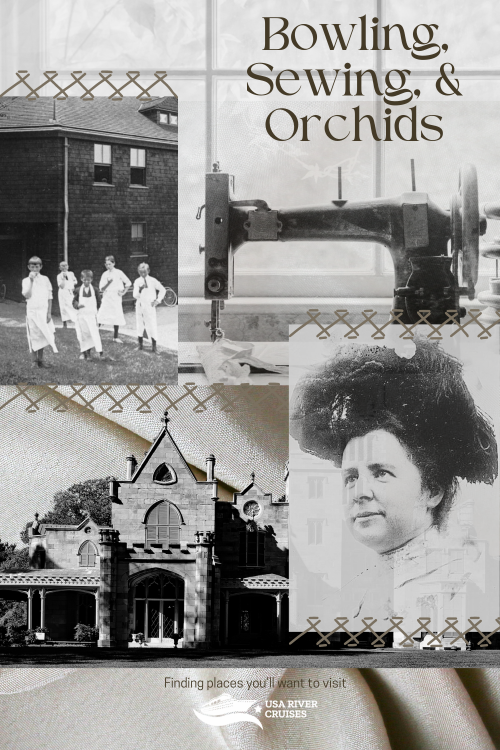
Lyndhurst Mansion
Tarrytown, New York
Wandering up the tree-lined paths, through the manicured rose garden, and looking up to see a stunning gothic mansion overlooking the Hudson River valley below, you might think to yourself, boy, those gilded age elites had it good! And you would be right. And yet, they also did good. One of the owners of Lyndhurst Mansion, Helen Gould, knew she was living the good life, but was not oblivious to the world around her. The plight of children was particularly close to her heart and she chose to do something about stopping the circle of poverty and help the children near her magnificent country estate home.
Overlooking the Hudson River in Tarrytown, New York, the house’s relatively close location to New York City made it the ideal place to build a summer country house. Originally built in 1838, the house was expanded over the years, formal gardens were added, and in 1865 a magnificent greenhouse was built. The Gould family were the third owners, drawn to the property partially due to the immense Moorish style greenhouse.
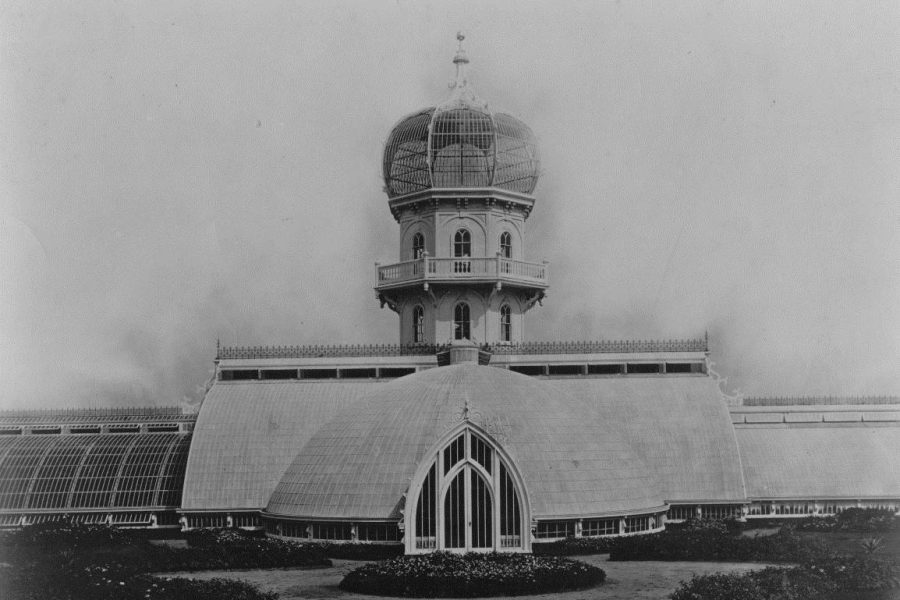
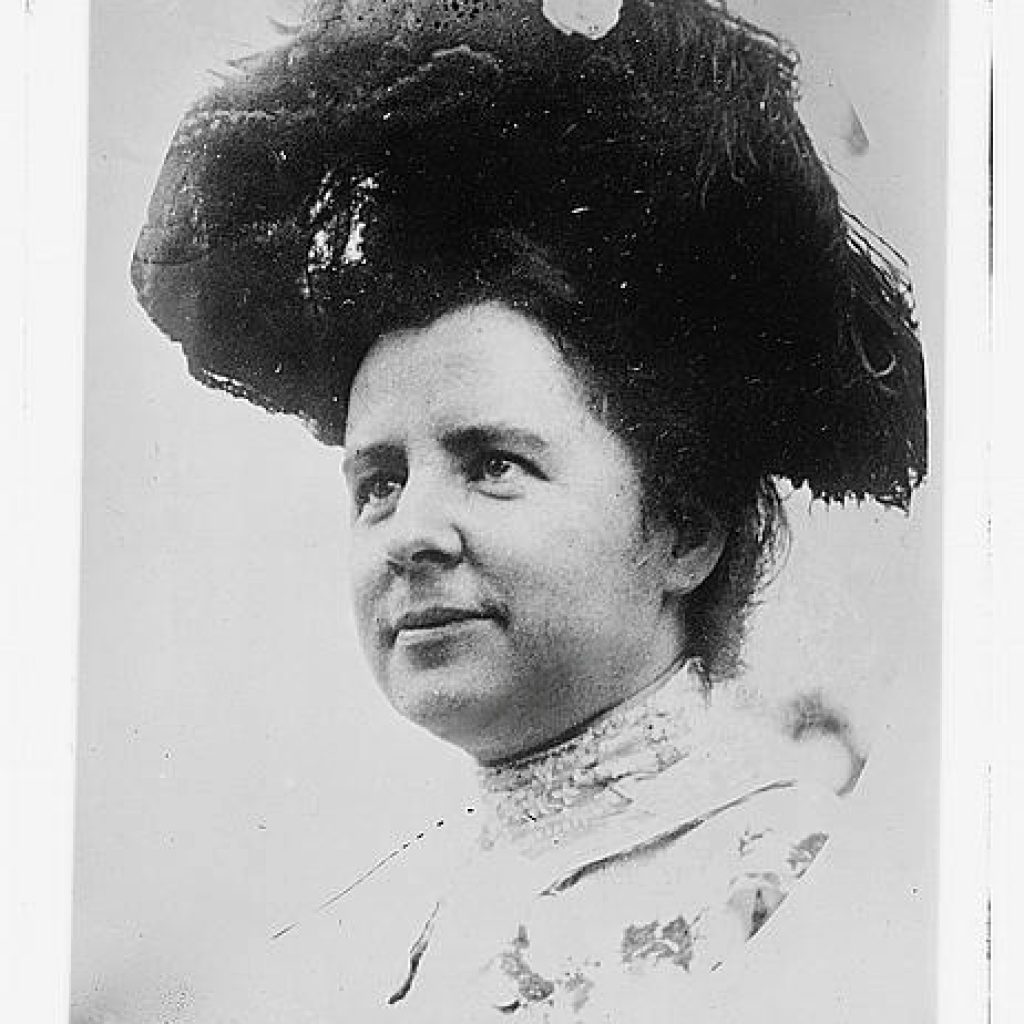
This beautiful structure had one flaw – it was made of wood. The greenhouse burned down in 1880 shortly after the Gould family moved in. The following year, a new slightly less elaborate greenhouse was built in its place, this time made with metal framing. The Goulds filled the greenhouse with an ever-growing orchid collection. Unfortunately, the owner did not live long enough to enjoy much time puttering around his new garden, as both he and his wife had passed away before the greenhouse was a decade old. The estate was left to their children, with the eldest being daughter Helen Gould.
Helen was a woman ahead of her time. Seeing that she would potentially be the steward of a large fortune, she earned a law degree to help her manage her own finances at a time almost unheard of for women. Following her father’s death in 1892, Helen decided to make a few changes to the property. Not content to being a “woman of leisure” wasting days away in her mansion, she dove into philanthropic endeavors to keep active and help her community. She added several buildings to the property, keeping the house intact as her father left it, but adding exterior buildings to house projects for her philanthropic efforts. She was passionate about supporting women’s programs and educational schools for children.
Give a man a fish, and you feed him for a day.
Teach a man to fish, and you feed him for a lifetime
She used the new buildings on the site to house free sewing, cooking, and carpentry schools for disadvantaged children – useful skills they could use to gain employment and seek a better life. One building became a cooking school for boys. A pavilion housing a bowling alley was used as a sewing school for girls. Housing on site was made available to teachers running the schools.
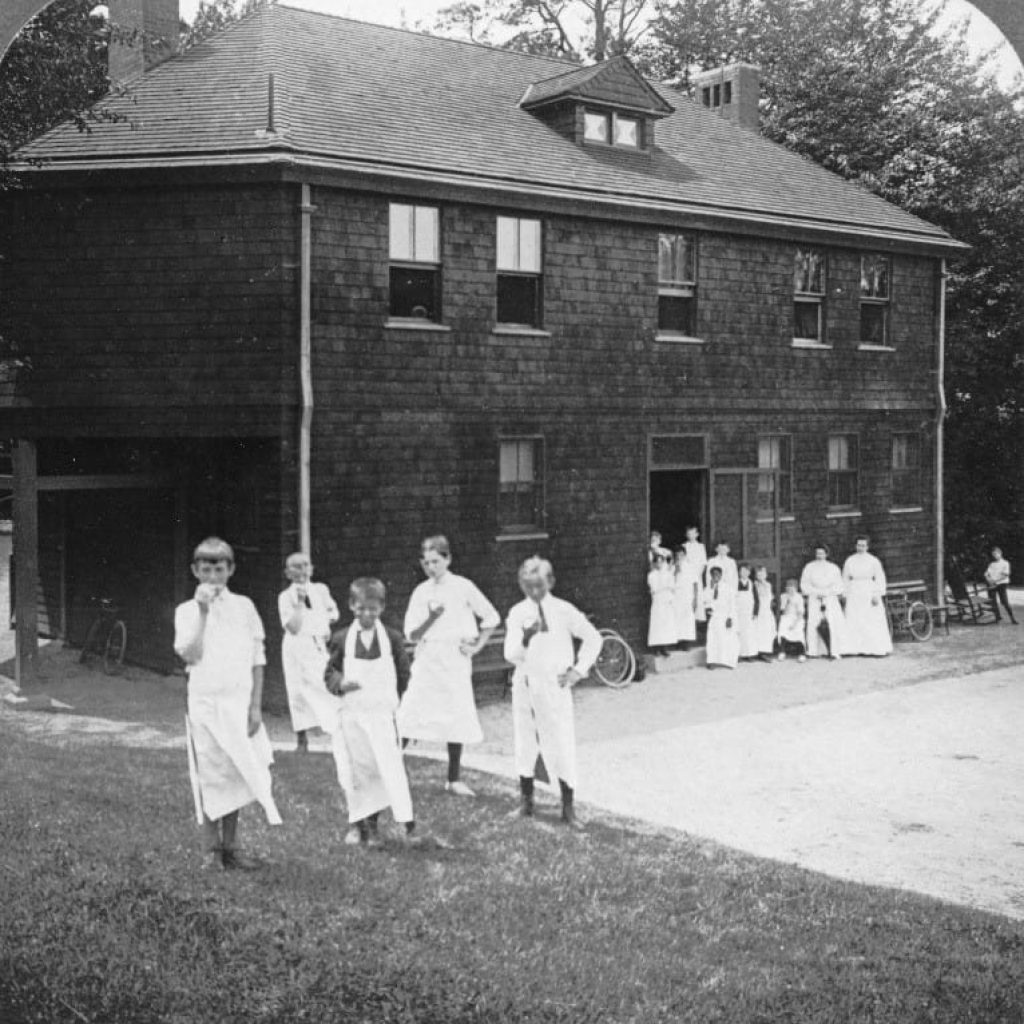
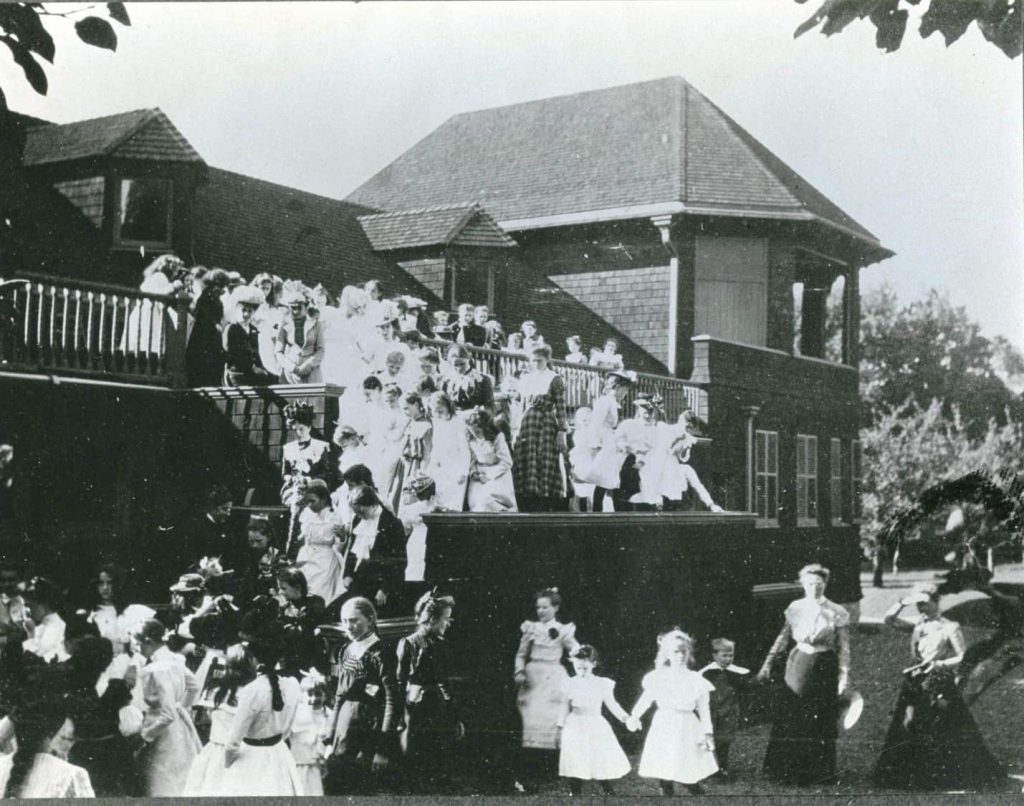
The two-lane, regulation size wooden bowling alley was added in 1894 and was a form of entertainment symbolic in a way – it was one of the few sports that both men and women could participate in as equals. While Helen Gould was not an outspoken participant in the suffrage movement which was quite active in the New York area, she lived the life of an independent woman.
She did not marry until she was 45 years old. She and her husband adopted three children and fostered a fourth child. After her death, Helen’s younger sister Anna took over stewardship of the estate, returning from France at the outbreak of World War II, where she had married into minor nobility. During her time as owner of the Lyndhurst, she used the house only as an occasional vacation home. She did her part to support the war effort by auctioning off the contents of the magnificent greenhouse to support the American Red Cross. She also offered the use of the pavilion to house soldiers returning from World War II.
Following her death in 1961, Lyndhurst was gifted to the National Trust for Historic Preservation who have restored the outbuildings created by Helen Gould to their original glory. The projects took extensive restoration work following years of neglect and funding issues. Today, the gleaming maple lanes of the bowling alley are polished regularly and enjoyed by the public, who can keep track of their score the old-fashioned way – on a black chalkboard mounted on the wall. Score one for Helen Gould!
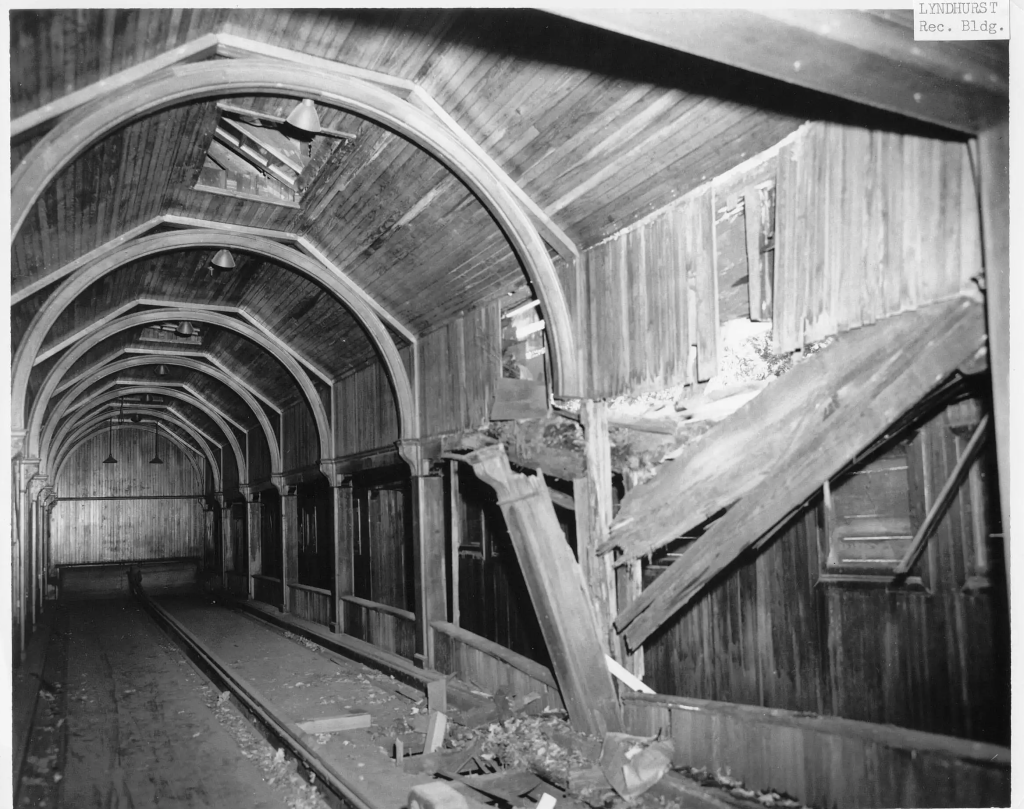
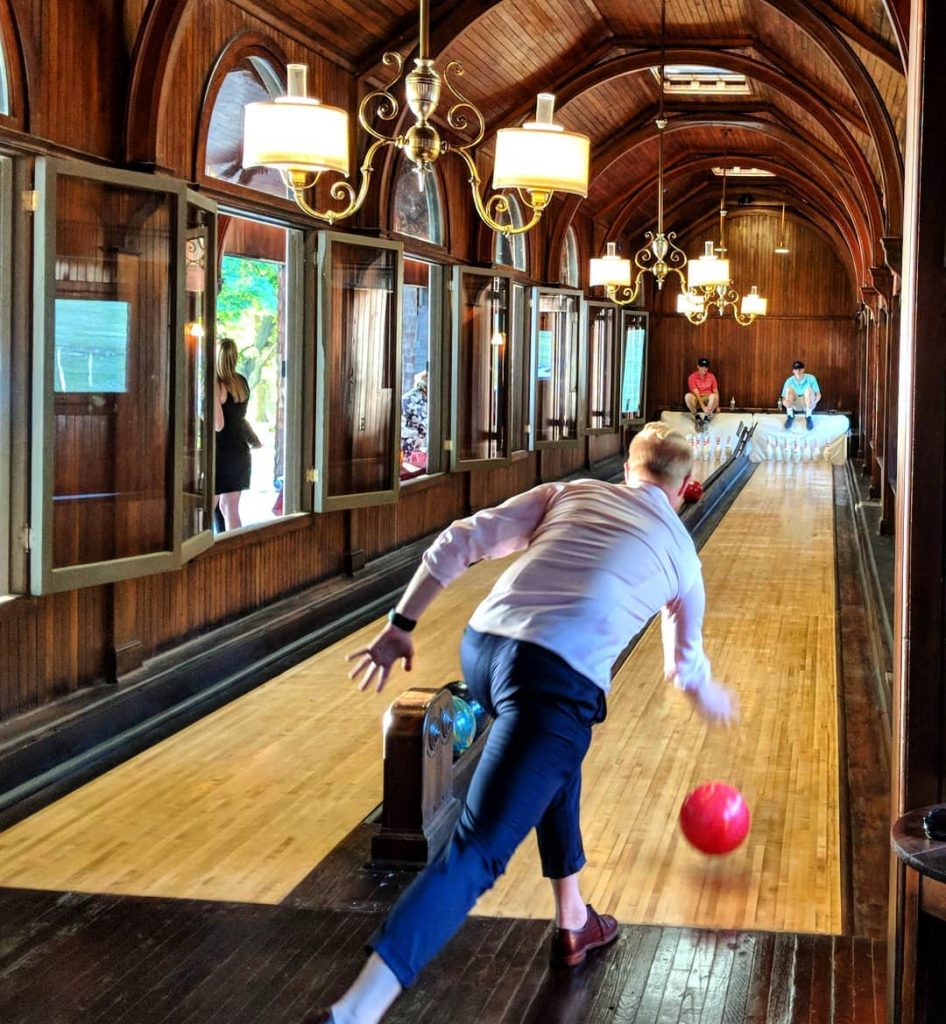
Tour Lyndhurst while on a Hudson River cruise stopping in Tarrytown.You can visit the beautiful Hudson River Valley on an all-inclusive river cruise and discover the many hidden treasures along the storied route.
Save this story to Pinterest:
